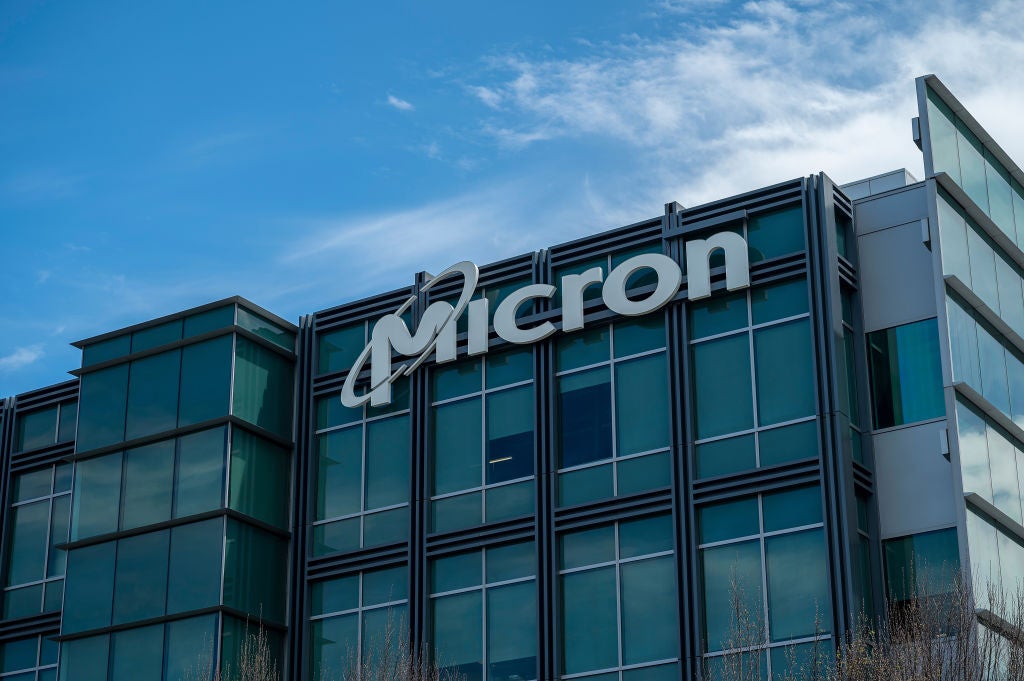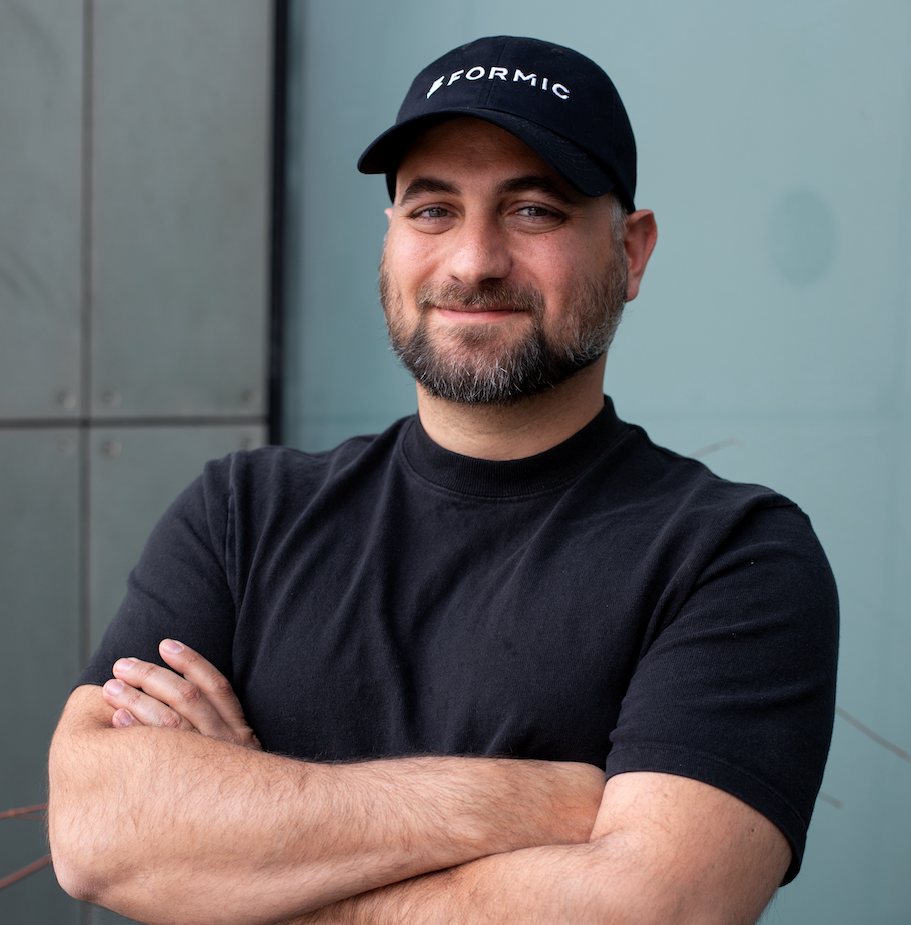Tokyo Electron has filed a patent for a method of processing a substrate in a plasma processing chamber. The method involves etching a portion of silicon (Si) layers selectively to silicon-germanium (SiGe) layers to form indents between them. This is achieved by flowing different process gases, pulsing a second process gas, and applying power to generate a plasma. GlobalData’s report on Tokyo Electron gives a 360-degree view of the company including its patenting strategy. Buy the report here.
According to GlobalData’s company profile on Tokyo Electron, 3D memory devices was a key innovation area identified from patents. Tokyo Electron's grant share as of September 2023 was 44%. Grant share is based on the ratio of number of grants to total number of patents.
Method for selectively etching silicon layers in a substrate
A recently filed patent (Publication Number: US20230317465A1) describes a method for processing a substrate using plasma etching techniques. The method involves positioning a substrate in a plasma processing chamber, where the substrate consists of alternating layers of silicon (Si) and silicon-germanium (SiGe). The substrate also has a recess that exposes the sidewalls of the Si and SiGe layers.
During the process, a first process gas, which may contain nitrogen, is flowed into the plasma processing chamber. Simultaneously, a second process gas, different from the first process gas, is pulsed into the chamber at a specific frequency. Power is applied to a source electrode and a bias electrode to generate a plasma in the chamber. The substrate is then exposed to the plasma, resulting in the selective etching of the Si layers and the formation of indents between the SiGe layers.
The patent also mentions various variations of the method. For example, the first process gas can include nitrogen and hydrogen (N2 and H2) or ammonia (NH3), while the second process gas can include nitrogen trifluoride (NF3), sulfur hexafluoride (SF6), carbon tetrafluoride (CF4), trifluoromethane (CHF3), difluoromethane (CH2F2), or fluoromethane (CH3F). The plasma formed during the process can also create a passivation layer on the surfaces of the SiGe layers, specifically the sidewalls.
Other parameters mentioned in the patent include the pulsing frequency of the second process gas, which can range from 0.01 Hz to 1 Hz, and the duty cycle of the pulsing, which can range from 10% to 80%. The ratio of the flow rate of the first process gas to the flow rate of the second process gas can be between 5:1 and 100:1. The application of power to the electrodes to generate the plasma can be performed when the second process gas is flowing into the chamber, and power pulse trains can be used.
Another method described in the patent involves forming a recess over the substrate, exposing the sidewalls of the Si and SiGe layers. Passivation layers are then formed on the surfaces of the SiGe layers using a first plasma generated by flowing a first component gas, such as nitrogen and hydrogen, into the plasma processing chamber. Laterally etching of the Si layers to form indents between the SiGe layers is achieved by flowing a second component gas, such as nitrogen trifluoride, into the chamber and generating a second plasma. The passivation layers inhibit the etching of the SiGe layers by the second plasma.
Overall, the patent presents innovative methods for processing substrates with alternating Si and SiGe layers using plasma etching techniques. These methods offer potential advantages in terms of selectivity, control, and efficiency in the fabrication of semiconductor devices.
To know more about GlobalData’s detailed insights on Tokyo Electron, buy the report here.
Premium Insights
From

The gold standard of business intelligence.
Blending expert knowledge with cutting-edge technology, GlobalData’s unrivalled proprietary data will enable you to decode what’s happening in your market. You can make better informed decisions and gain a future-proof advantage over your competitors.







